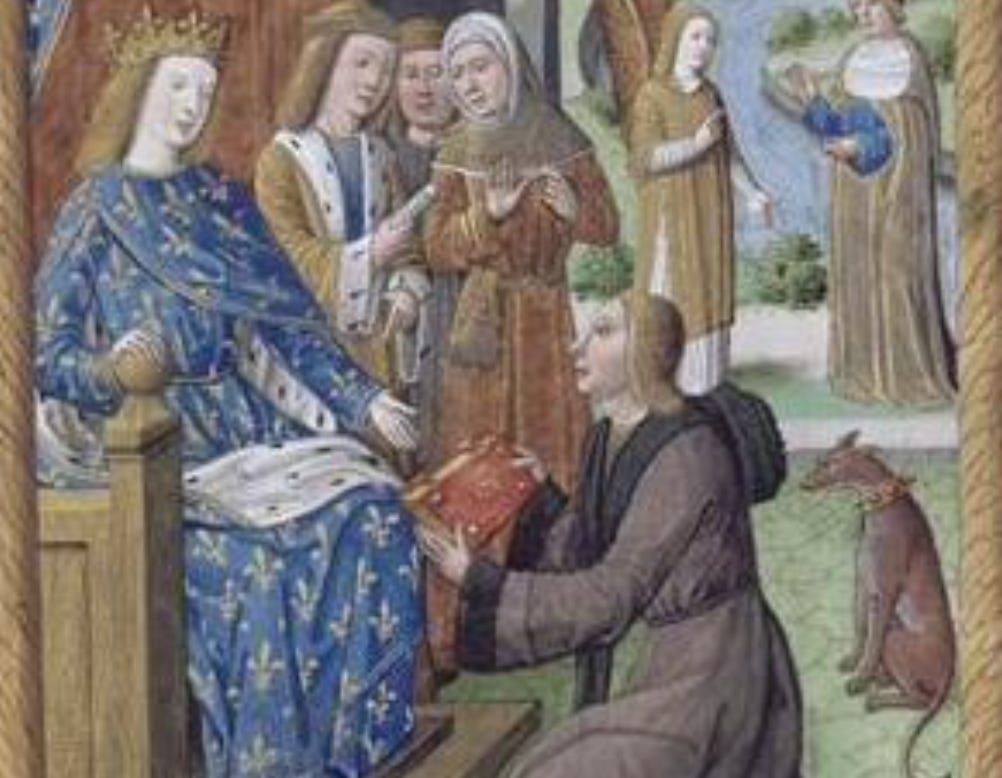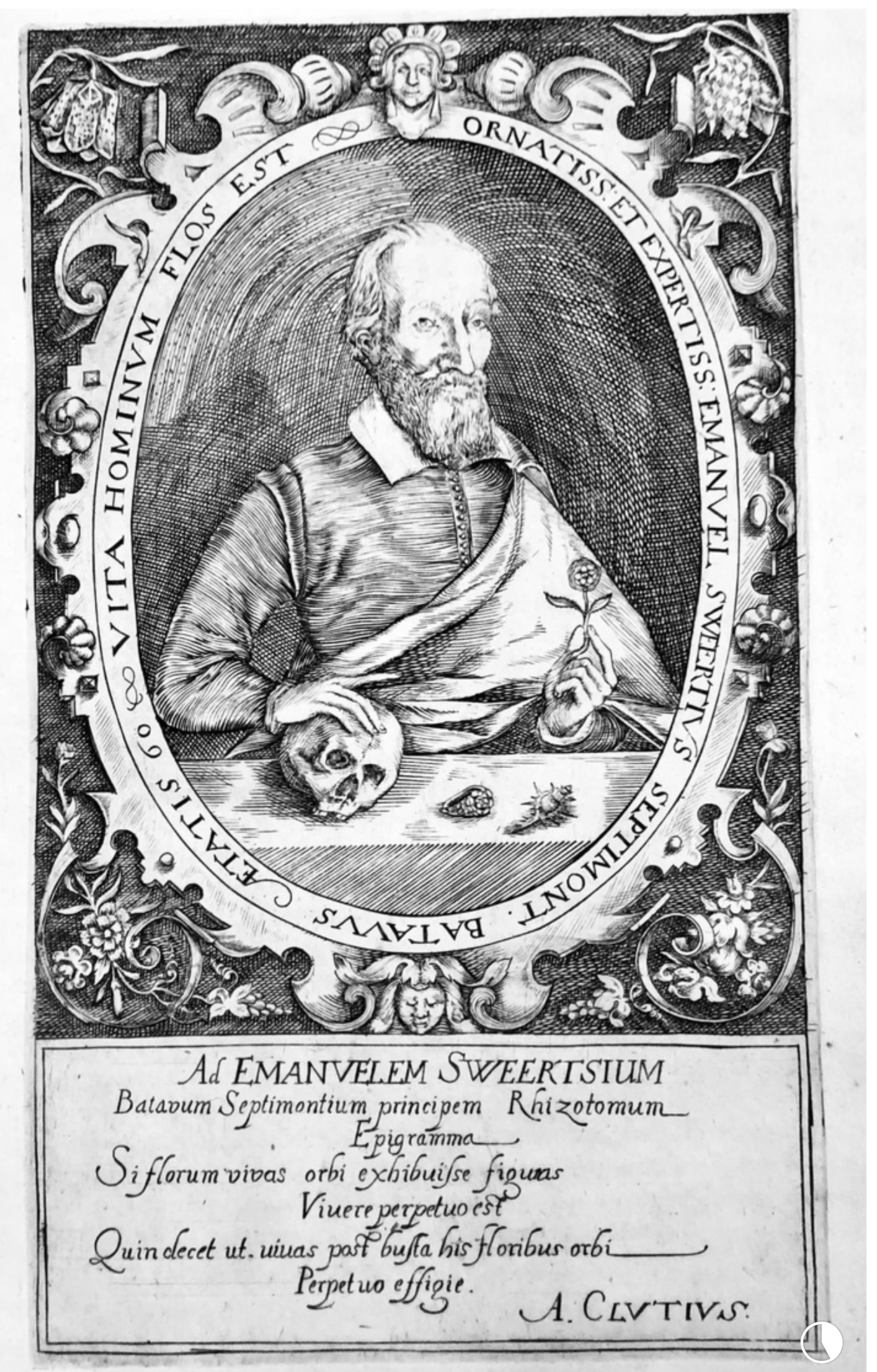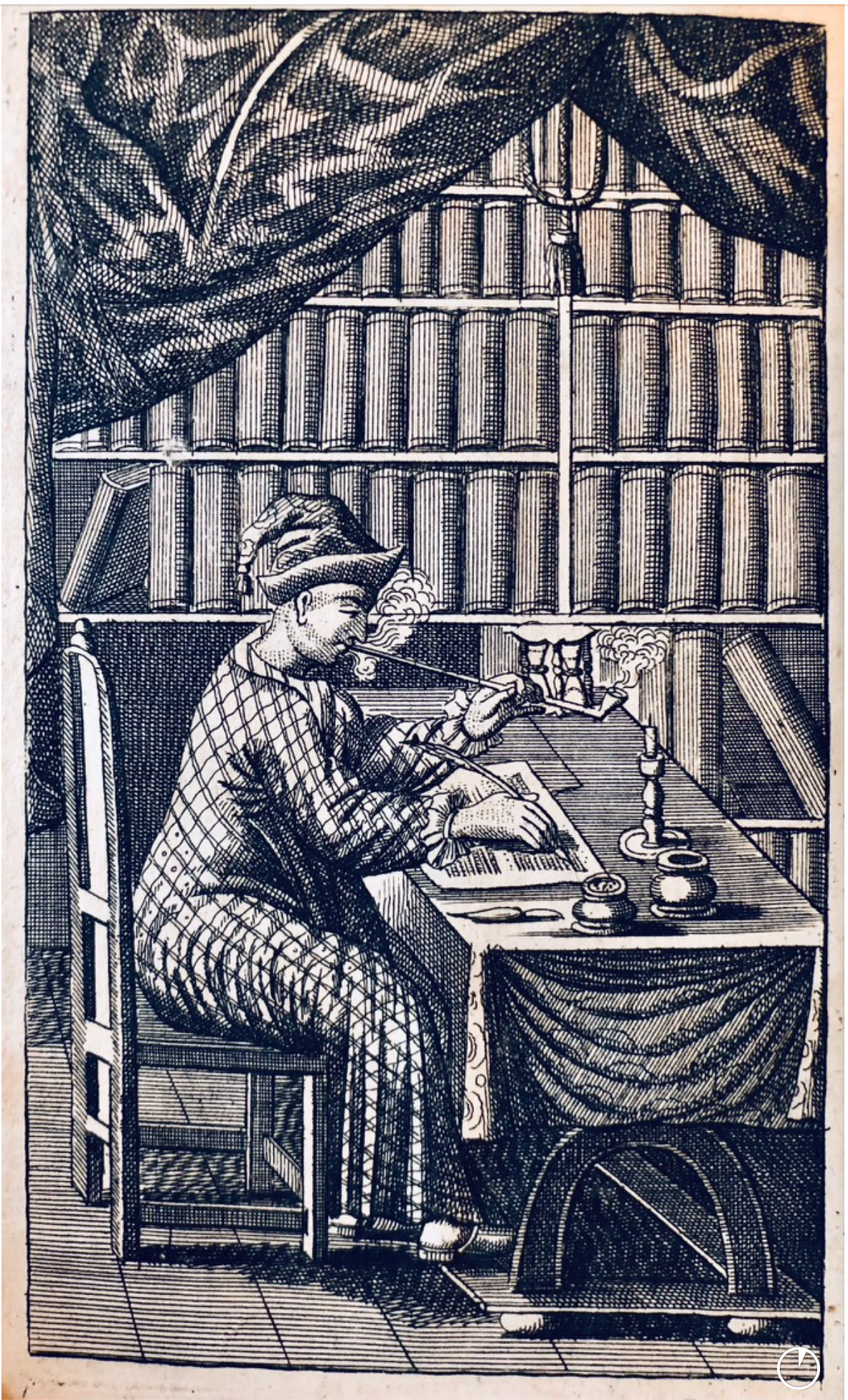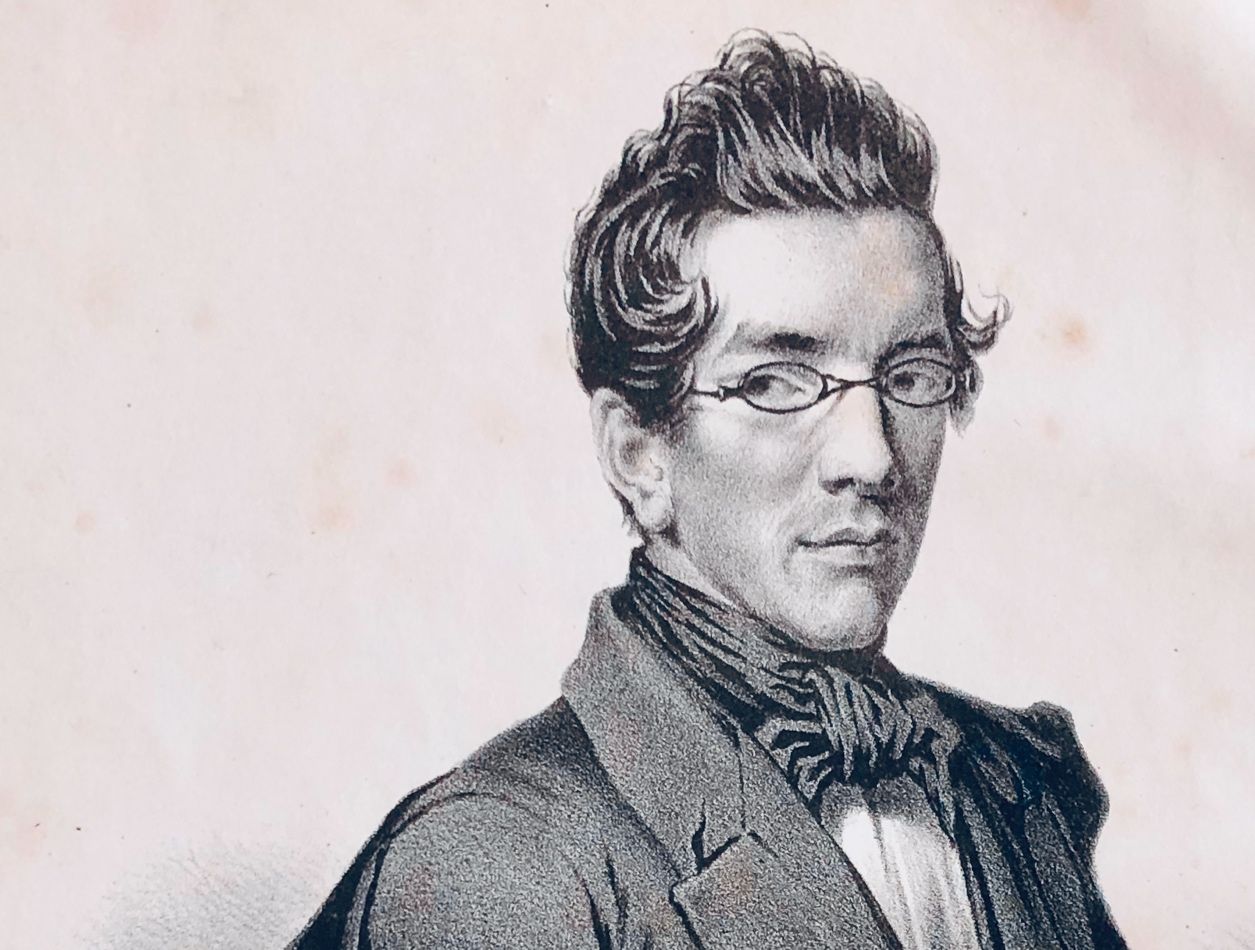Gore Vidal wrote an essay about the changed role of the author: around 1900, an authority; at the end of the twentieth century, a man or woman on the sidelines and banished to an ivory tower. What the future will bring? There are more writers than ever, and the impermanence of texts is greater than ever. The writer’s voice is not softer than a century ago, but you no longer hear it, drowned out as it is by an environment in which everyone is shouting for attention.
The four portraits that follow show how the role of the author has changed over the centuries.

In this depiction, we see a kneeling medieval writer offering a book to his sovereign, who indeed extends his hand and looks at the writer. I have seen miniatures where the recipient of the book looks in another direction or absentmindedly pets a dog.

The invention of the printing press made the writer independent of a patron. No longer did he have to kneel before his breadwinner, for now, it was a publisher. You can see it in the gaze. This author considers himself no less than a sovereign.

The happy eighteenth century: the writer in his Japanese dressing gown, cap on his head, a Gouda pipe, two hourglasses, and a well-stocked bookshelf.

A 19th century poet, long forgotten, but that is not how he sees the future.